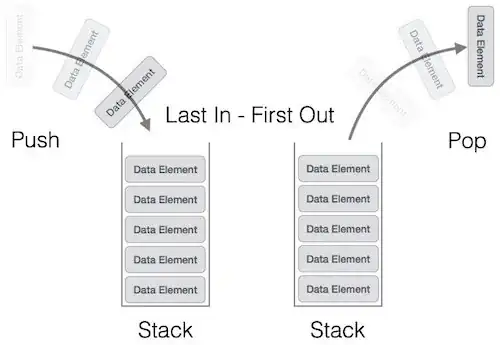The question posed by the OP has been adequately answered here, but let me give a bit of background that might put the ideas in context.
First, (one of) the other definitions of the Real Numbers is that a real is an Equivalence Class of Cauchy Sequences of rationals. Both the idea of a Cauchy Sequence (infinite sequences whose terms are "eventually" close together), and the idea of an Equivalence Class (things "related" to each other in an Equivalence Relation). This, like Dedekind Cuts is a quite beautiful thing, but also difficult to grasp immediately. It is an abstraction built up of other abstractions which are themselves... recursively back to (perhaps) the Peano Axioms.
But the reason for this note is the following.
Mathematics of Number is built from two things, Sets of Axioms and Definitions. The Peano Axioms don't "define" the notion of 0 (I'll start with 0 rather than 1 to simplify the argument here), except in the context of the other axioms. Think of the Peano Axioms as a "collective definition" of the Natural Numbers.
However, to get "interesting things" to talk about, mathematicians also define things based on the axioms (and earlier definitions). So we can define Prime Numbers after a bit of work. If you look, most of the theorems of mathematics talk about things defined, not the axioms per se.
But we can define The Integers as equivalence classes of ordered pairs of natural numbers. So -3 (in the usual notation) is the equivalence class that contains (2, 5) whereas 3 (as a member of the integers) is now the class that contains, for example (7, 4). The notion of "negative" is derived from this, rather than part of the definition. And the simpler concept (Natural Number) embeds naturally into the new one (Integer).
Likewise we can define Rationals based on simpler things (Integers), and eventually Reals based on those.
These definitions give us "interesting things" to study, resulting in Theorems that specify how these new things behave.
But the crux is this. What is the alternative?
We could, of course, though with some difficulty, simply abandon the Peano Axioms and create a new set of axioms for the Integers and then yet another set for the Rationals, etc. This seems appealing initially, but leaves us with the problem of proving that the various axiom systems are consistent with each other. That can be very difficult, and mathematicians have, in general, chosen the axiom + definition path as the preferred one.
That isn't to say that new axioms are never introduced - The Axiom of Choice, for example.
Back to Dedekind Cuts for a moment. Note that when you give two definitions of something, some Theorems will be easier with one of the definitions and others will be harder. That is expected. But even here you need at some point to show that the two definitions are consistent with each other: that the notion of Real as "Dedekind Cut" and the notion of Real as "Equivalence class of Cauchy Sequences" are the same notion.
Only then can you say that $v = sqrt(2)$ is both the set of rationals whose square is less than 2 and the set (equivalence class) of Cauchy sequences that "converge" to v.
Note the definitions here are informal, inviting further study. Also to avoid making this a textbook. In particular, I left "convergence" undefined. Nor did I say which equivalence relation of Cauchy Sequences is used to define Reals. That is all intentional.
